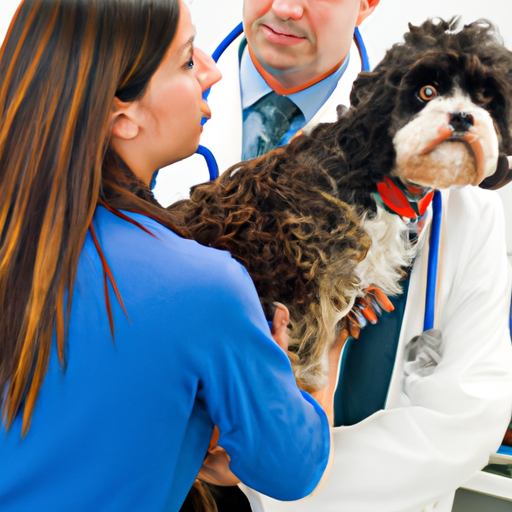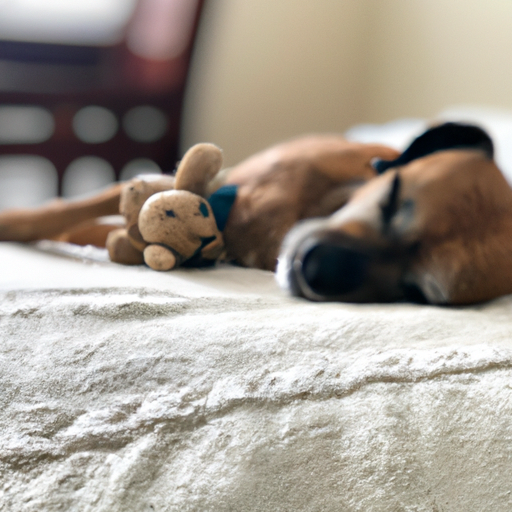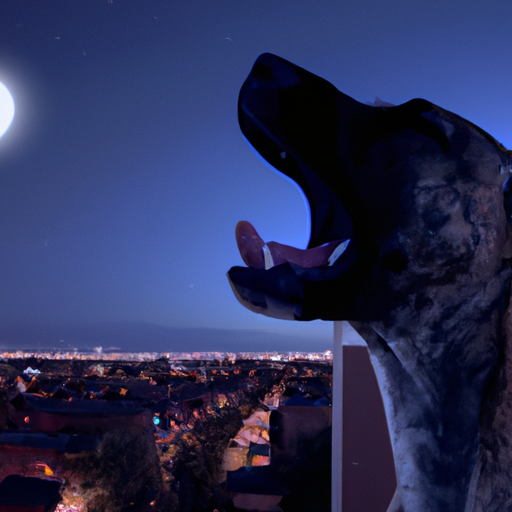How To Tell If Dogs Anal Glands Are Full
Do you ever find yourself wondering what could be causing discomfort to your beloved pet dog, leading to unsavory behaviors such as dragging their posterior across the floor or constantly licking their tail area? The answer could be fuller than normal anal glands. ‘How to Tell if Dogs Anal Glands Are Full’ offers practical guidance to identify signs that your dog’s anal glands might need attention. With this in hand, you can provide the necessary care your furry friend needs and ensure their health and comfort.
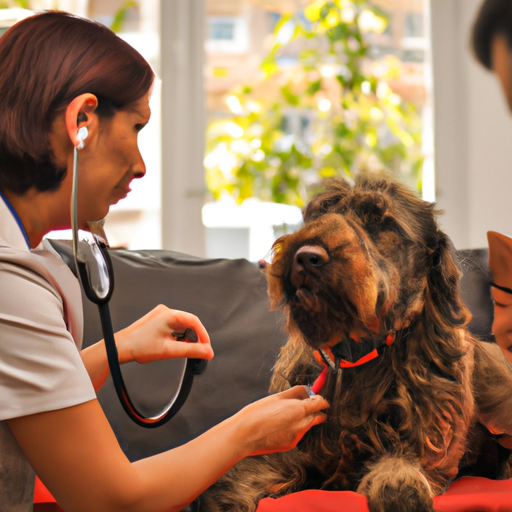
Understanding the canine anal glands
Anal glands, also referred to as anal sacs, are a part of a dog’s anatomy that many pet owners are unfamiliar with until they start causing issues. Understanding this part of your dog’s anatomy is crucial for maintaining their overall health.
Anatomical placement of anal glands
Anal glands, common to all dogs, are two small internal pouches situated on either side of a dog’s anus – generally at around the four o’clock and eight o’clock positions. These glands are small and will typically be unnoticeable unless they become full or inflamed.
Function of anal glands in dogs
So why do dogs have anal glands? These glands produce a unique, stinky fluid that is used for communication between dogs. Each dog’s anal gland secretions have a unique smell, allowing them to identify each other. The secretions also communicate territorial information and sexual availability.
The normal emptying of anal glands
Under normal circumstances, a dog’s anal glands will empty on their own when the dog poops. As stools pass through the rectum, they naturally compress the anal glands, causing them to secrete their fluid. However, in some cases, the glands may fail to empty adequately, which can lead to complications.
Why Do Dogs Anal Glands Get Full
Common causes of anal gland impaction
The most common reason for a dog’s anal glands to become full or impacted is because they are not being emptied correctly or frequently enough. This can be due to the dog’s stools being too soft to adequately compress the glands, resulting in reduced gland expression.
Breeds more susceptible to anal gland issues
Small breed dogs, especially those who are obese or overweight, are more susceptible to anal gland impactions than larger breed dogs. This is likely due to the smaller size of their anal glands and the increased likelihood of obesity leading to softer stools.
Diet and anal gland health
A poor diet can contribute to anal gland problems. Dogs with diets lacking fiber might produce softer stools, which may result in inadequate expression of the anal glands.
Signs Your Dog’s Anal Glands May Be Full
Behavioral changes indicating discomfort
One of the first signs that your dog’s anal glands may be full is a change in behavior. The dog might start scooting their rear across the floor. They may also excessively lick the area around their anus or show signs of general discomfort when sitting down.
Physical symptoms
Physical symptoms can include swelling or discharge around the anal area, a foul smell, or even spots of blood or pus on their bedding or fur near the anal region.
Changes in bowel movements
Any changes in your dog’s bowel movements, such as diarrhea or signs of straining, are worth paying attention to as they can be signs of impacted anal glands.
Confirmation Of Full Anal Glands Of Dog
Visual inspections
To confirm if your dog’s anal glands are full, you need to visually inspect their anal area. You’re looking for signs of redness, swelling, or discharge, which might indicate that the glands are full or infected.
Veterinary examinations
If you’re uncomfortable checking your dog’s anal glands or you suspect an issue, it’s always best to seek a veterinarian’s assistance. A vet will be able to perform a thorough examination and confirm whether the glands are full or impacted.
Identification of possible abscesses or infections
Your vet can also identify if your dog has developed an abscess or an infection due to an impacted anal gland, both of which require immediate medical treatment.
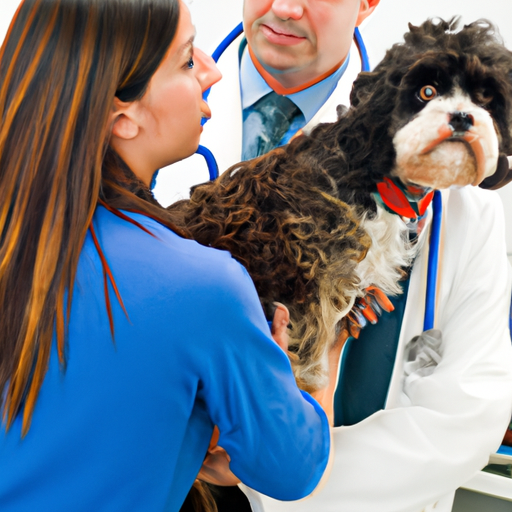
Health Risks Of Ignoring Full Anal Glands
Anal gland abscesses
If left untreated, full anal glands can lead to anal gland abscesses. These are essentially infected anal glands that have become filled with pus, causing intense discomfort and requiring immediate veterinary care.
Chronic infections and their complications
Chronic infections can lead to further complications, like fistulas, which are abnormal passages between the anal glands and the skin. These can be difficult to treat and often require surgery.
Potential for anal gland cancer
While rare, chronic and untreated anal gland issues can lead to anal gland cancer, also known as adenocarcinoma. This is a serious condition that requires immediate medical attention.
How To Safely Express Your Dog’s Anal Glands At Home
Understanding when home expression is appropriate
Home expression of your dog’s anal glands should only be done if your vet recommends it and shows you how to do it safely. It’s also important to know when to seek professional help. If your dog’s anal glands are infected or abscessed, attempting home expression could make the situation worse.
Steps for safely expressing anal glands
If your vet has given you the go-ahead, home expression involves wearing gloves, using a lubricating jelly, and gently squeezing the anal gland to encourage fluid release.
Warnings and precautions
Never try to express your dog’s anal glands if the area appears swollen or painful. If you notice any blood or suspect your dog is in pain, stop immediately and consult with your veterinarian.
Professional Veterinary Care For Anal Glands
When to seek professional assistance
If you notice discomfort, swelling, or any change in your dog’s behavior, it’s a good time to seek professional help. Always consult with a vet rather than trying to diagnose and treat your dog at home.
What to expect during a veterinary visit
During a veterinary visit, your vet will likely conduct a physical examination of your dog, check their anal glands, and provide necessary treatment. They may express the glands, prescribe medication, or in severe cases, recommend surgery.
Follow-up care and instructions
Always follow your vet’s instructions for aftercare. This can include administering prescribed medicines, monitoring the dog’s symptoms, and scheduling follow-up visits.
Preventing Full Anal Glands In Dogs
Diet considerations
A balanced diet rich in fiber can help prevent anal gland impactions by promoting firmer stools, which express the glands naturally.
Importance of regular exercise
Regular exercise not only helps maintain a healthy weight but also promotes regular bowel movements and thus, healthy anal glands.
Regular veterinary check-ups
Routine vet check-ups can catch any potential problems early on before they become serious. Your vet will be able to provide advice on preventing anal gland issues based on understanding your dog’s individual requirements.
Long-Term Management Of Recurrent Anal Gland Issues
Dietary adjustments
If your dog regularly suffers from anal gland issues, your vet may recommend dietary changes. Increased fiber can help produce firmer stools, resulting in better anal gland expressions.
Anal gland flushing
In some chronic cases, your vet might recommend anal gland flushing. This procedure involves flushing the anal glands with a solution that helps remove any remaining secretions.
Surgical options for severe cases
In severe cases, surgery might be necessary. During this procedure, the anal glands are fully removed to prevent future issues. However, this procedure is usually done as a last resort due to potential complications.
Living With A Dog With Chronic Anal Gland Issues
Strategies for managing discomfort
Identifying the signs of discomfort early on and seeking prompt veterinary care is essential. Using something warm, like a heat pack wrapped in a towel, can provide relief to a dog with full or uncomfortable anal glands.
Understanding your dog’s stress and fear
Acknowledge that chronic anal gland issues are stressful for your dog. Be patient with them, understanding that they might behave differently due to discomfort or fear.
Supporting your dog’s overall health and wellbeing
Maintaining your dog’s overall health through a balanced diet and regular exercise can support their body’s healing process and prevent future anal gland complications. Regular vet check-ups are essential in managing chronic conditions like these.
Understanding the canine anal glands and their function, signs of full or impacted anal glands, and preventative strategies is crucial for any dog owner. Ignoring anal gland health can lead to severe health problems, so always consult your vet when you suspect an issue. Your furry friend relies on you to keep them healthy and happy, and a little knowledge goes a long way in helping them lead a comfortable life.

